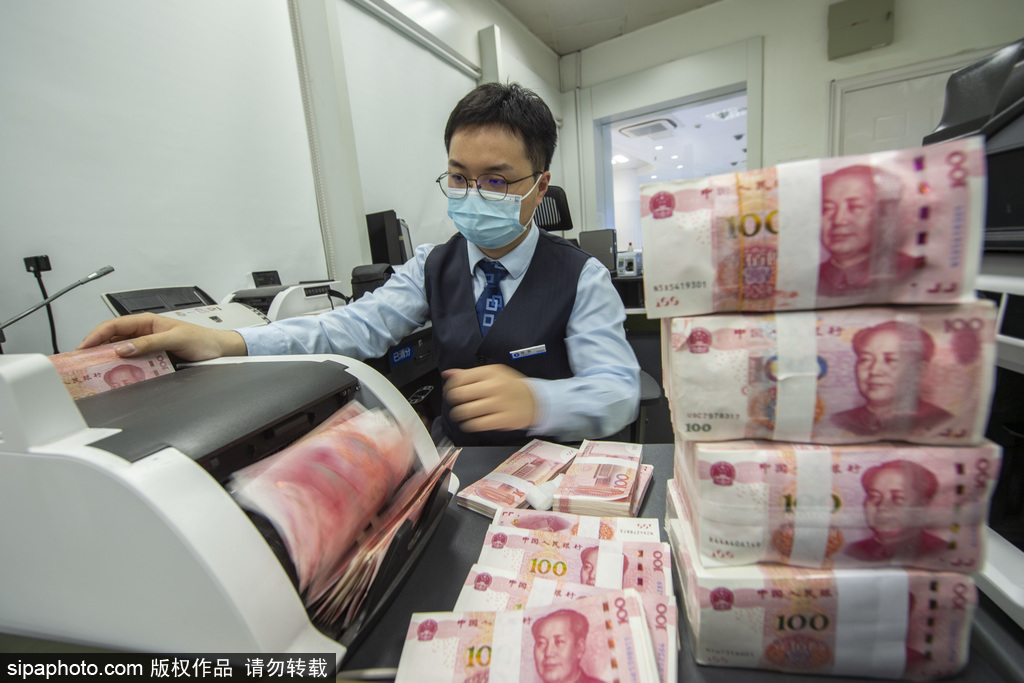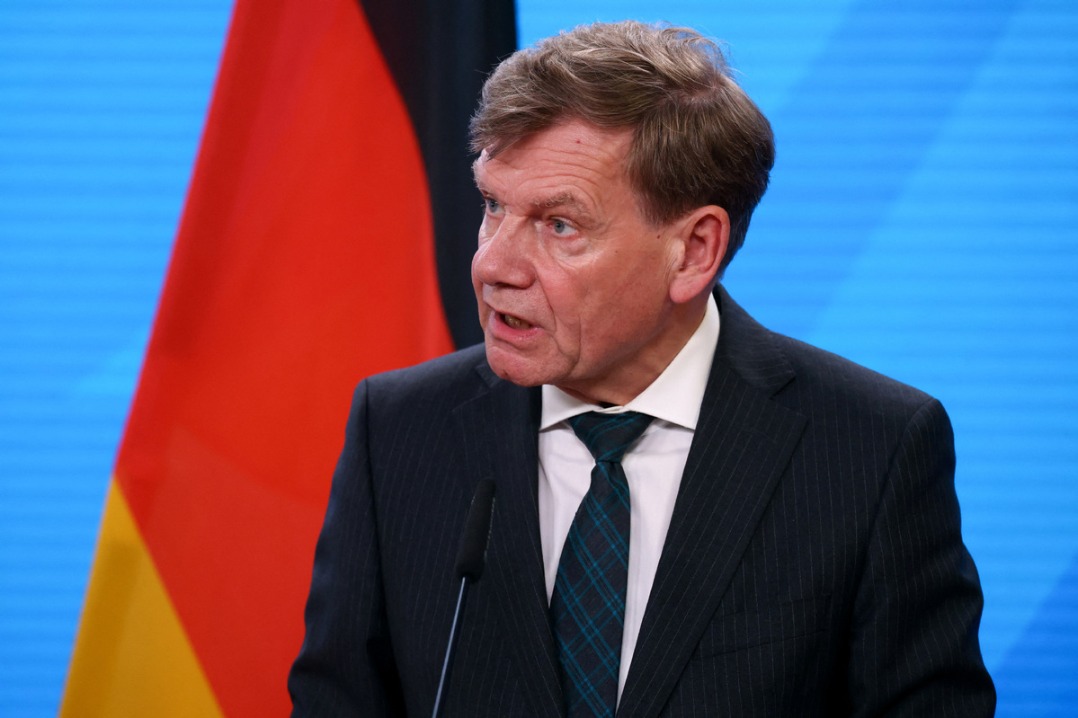Renminbi's exchange rate will remain largely stable


The central bank's recent decision to cut the foreign exchange deposits reserve requirement ratio for financial institutions by 2 percentage points, effective from Thursday, will help regulate the supply and demand relationship in China's foreign exchange market, stabilize market expectations and enhance market confidence.
Like the RMB RRR, the foreign exchange deposits RRR is also used to regulate RMB derivative ability, but what it regulates is foreign exchange liquidity in the domestic market. It can release frozen foreign exchange quota of commercial banks and boost the demand for exchange settlement, thus easing the RMB's depreciation expectation.
Since the middle of August, the RMB has seen a wave of depreciation, declining to 6.9 against the US dollar by August 29, down by nearly 2.8 percent in two weeks. The balance of foreign exchange deposits of domestic financial institutions, too, fell to $953.7 billion in July, down nearly 10 percent from the peak in March. The foreign exchange deposit RRR cut is conducive to improving domestic foreign exchange liquidity and widening the interest rate gap between the RMB and foreign currencies, which will make RMB assets more attractive, balance the supply and demand in the domestic foreign exchange market and keep its operation stable.
This round of RMB depreciation was mainly triggered by the sharp rise of the US dollar index. The US dollar has appreciated by 14.6 percent so far this year; other reserve currencies in the SDR basket, too, have depreciated significantly against it, with the euro depreciating by 12 percent, the UK pound by 14 percent, and the Japanese yen by 17 percent. While deprecating against the dollar, the RMB has appreciated against other currencies in the basket.
China adopts a managed floating exchange rate system based on market supply and demand. When the RMB exchange rate continues to fluctuate rapidly, the regulatory authorities adopt appropriate policy tools to stabilize market expectations and confidence, sending a clear signal that the monetary authorities can keep the RMB exchange rate stable.
The short-term fluctuation of the RMB exchange rate will not change its long-term stable trend. The strong resilience of China's economy and its long-term development trend remains unchanged, its balance of payments structure is sound, its current account maintains a reasonable surplus, and RMB assets have long-term investment value, which all provide support for the basic stability of the RMB exchange rate.


































